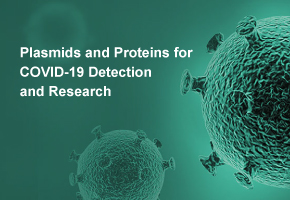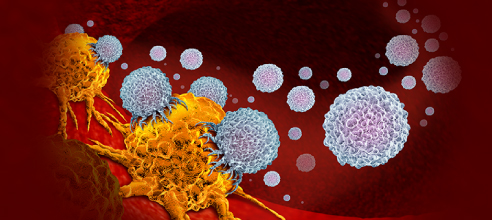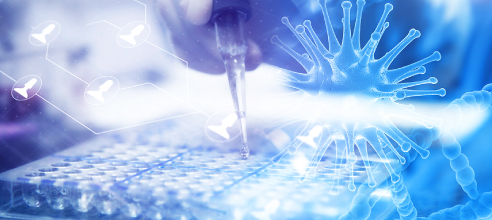Introduction to Protein Fermentation
Protein fermentation describes the microbial population's controlled breakdown and build-up of nitrogenous compounds under specific redox potential, pH balance and substrate limitation constraints. The process generally begins with the extracellular degradation of high molecular weight proteins. Protein hydrolysis by microbial aspartic proteases (fungi) or metalloproteases (bacteria) yields oligopeptides (2–20 residues) that are taken up into the cell via specific oligopeptide permeases. Intracellular di- and tri-peptidases further hydrolyze peptides to free amino acids, which may be fermented to microbial biomass or precision fermented to recombinant produce animal-identical proteins. In biomass fermentation, the amino acids are used for the de-novo synthesis of microbial protein, leading to single cell protein concentrations in excess of 60 % (w/w) crude protein with a physiologically useful essential-amino-acid index similar to that of casein. In precision fermentation, the amino acids are used only as a carbon source: the carbon skeletons are retained, but all the nitrogenous heteroatoms are exchanged, via a heterologous pathway (usually encoded on a plasmid or an integrated cassette), that diverts metabolic flux to synthesis of an animal-identical protein, such as β-lactoglobulin, ovotransferrin or heme-binding leghemoglobin. The protein of interest is secreted by the host microorganism into the fermentation broth and recovered by tangential-flow filtration and chromatographic polishing.
Definition and process
Protein fermentation is the use of microorganisms to produce substrates into proteins or protein-rich biomass in a controlled environment. The fermentation may be aerobic or anaerobic, depending on the organism and end product that is desired. The microorganisms that are used in protein fermentation include bacteria, yeast, fungi, and microalgae. Protein fermentation is a multi-step process that is used for industrial purposes. This may include inoculation of the desired microorganism in a medium, propagation of the chosen organism, and production of the desired protein or biomass. The fermentation process can be optimized by adjusting parameters such as temperature, pH, oxygen levels, and nutrient supply. Protein fermentation efficiency can be affected by a number of factors. These include selection of a suitable microorganism and substrate, optimization of fermentation conditions, and downstream processing of the fermented product. Protein fermentation has several advantages over conventional methods of protein production. This includes being a faster and more efficient process that requires less resources and has a reduced environmental impact.
Types of fermentation methods
Protein fermentation follows one of three broad paradigms. (1) Conventional fermentation leverages autochthonous consortia (Rhizopus, Lactobacillus, Bacillus) to biotransform pulses or cereals into proteinaceous staples (tempeh, kinema). Phytate can reduce by >80 % while riboflavin can double. (2) Biomass fermentation utilises rapidly dividing filamentous fungi (Fusarium venenatum) or microalgae (Chlorella vulgaris) cultivated in air-lift or thin-film photobioreactors. Doubling times of <2 h produce 300 kg m-3 day-1 of protein-rich biomass with a hyphal morphology that provides a meat-like elasticity. (3) Precision fermentation retools GRAS hosts (Komagataella phaffii, Corynebacterium glutamicum) to secrete animal-identical proteins (β-casein, ovalbumin) or designer peptides with a tailored foaming or gelation properties. Secretory titres >15 g/L are achieved with codon-optimised expression cassettes under methanol-inducible promoters. Novel approaches include gas fermentation, which uses hydrogenotrophic archaea to fix CO2 into a complete suite of amino acids, decoupling protein synthesis from arable land entirely.
- Like
- Reply
-
Share
About Us · User Accounts and Benefits · Privacy Policy · Management Center · FAQs
© 2025 MolecularCloud



